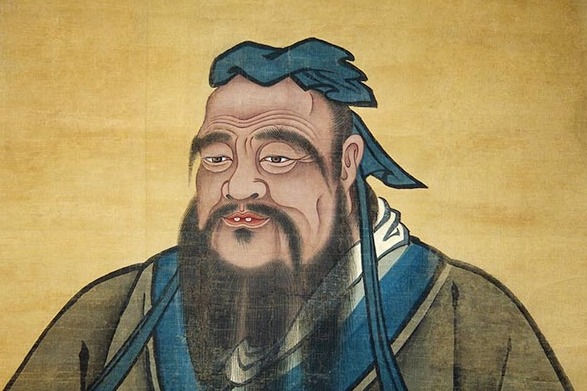Young researchers pitch in with conservation efforts

For many young people in China, playing with smartphones has become as natural as breathing or drinking water.
But for 27-year-old conservationist Li Ruxue, who patrolled a forest for nearly a week, isolation from the outside world also became normal.
"If I suddenly stop answering messages, it means I've lost my signal," he says during a WeChat interview.
In his college years, Li actively participated in field research with teachers. After graduation, he joined a Skywalker gibbon protection organization and one of his major responsibilities was picking up gibbon feces.
The Skywalker gibbon, or the Gaoligong Mountain hoolock gibbon, is the only gibbon species named by Chinese scientists. As a top-level State-protected animal, its population is even smaller than wild giant pandas.
DNA can be extracted from gibbon feces to measure the inbreeding among different groups.
Li says it is a job that relies heavily on luck and perseverance. "Our work and rest completely rely on gibbons."
Li spent four and a half years following gibbons, picking feces, and sometimes even being a matchmaker for male and female gibbons. He moved to another nature reserve in September and focused on the Yunnan snub-nosed monkey, among the world's most endangered species. But he did not feel alone at all, as he found more young people around him. The youngest intern was born in the 2000s.
"They think fieldwork sounds cool and meaningful. Tiring but satisfying," Li says.
In Northwest China's Xinjiang Uygur autonomous region, Chu Wenwen has led her peers to make a difference to endangered beavers. With their efforts, beaver families increased from 162 to 190 over the past four years, representing a 20 percent jump in the population of the semiaquatic rodent.
Listed as a first-class State-protected animal in China, the Mengxin beaver is found only along the Ulungur River in Xinjiang's Altay prefecture. Chu and her team build dams that become small habitats for fish and birds, and attract more small animals and insects. Therefore, each beaver dam provides a new habitat for wild animals and helps to improve biodiversity levels.
Chu has followed the work of her father since childhood. He was engaged in wildlife research. She spent her childhood in the Altay Mountains in Xinjiang. Since there were no other children in the field station, beavers, snow leopards, wild horses, lynxes, golden eagles and brown bears became her "friends".
Upon graduation, she went back to her hometown out of love for nature. Initially, she often saw beavers die from fighting for habitats in the Ulungur River area. Willow shrub is their most important food source, but the plant was dwindling in the area at the time.
In 2018, Chu initiated the "beaver canteen" program, which eventually attracted over 1 million internet users to donate snack money. A huge "canteen" of about 400,000 willow shrubs was built with the snack money from mostly young netizens.
Chu made a speech as the youth representative to the 15th meeting of the Conference of the Parties to the United Nations Convention on Biological Diversity in Kunming, Southwest China's Yunnan province, earlier this month.
"I am lucky to live in such a great era when young people can fulfill their aspirations while the country strongly supports nature conservation," she says.
Young people are the future of the world and the future of global biodiversity conservation.
"In fact, as an industry, ecological protection can provide only a few jobs, most of which are concentrated in research institutes and nongovernmental organizations," says Fan Pengfei, a professor at Sun Yat-sen University in Guangzhou, Guangdong province.
Fan's team announced the discovery of the Skywalker gibbon as a new species in January 2017.
"But in recent years, I have seen more young people involved in biodiversity conservation in a broader sense, working part time as journalists, photographers and so on, raising awareness of the work in society," he says.
Xinhua




































